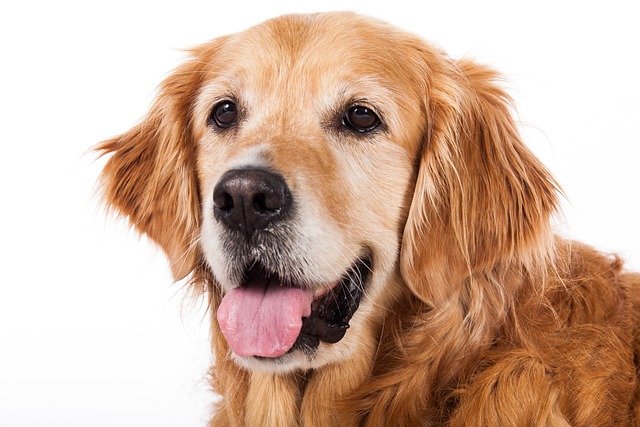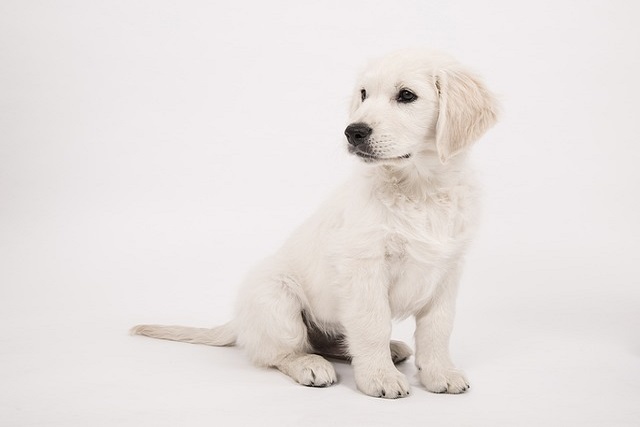
How long does it take for a dog to gain your trust
If you’ve just brought home a shy rescue dog from Texas or a nervous puppy from a breeder, you might be anxiously wondering when you’ll finally feel that unbreakable bond.
Older dogs often come with established habits—good or bad—and ditching the crate for house training means leaning into their comfort, not frustration. Many senior pups struggle with sudden schedule changes, so start by observing their natural rhythm: do they sniff around 20 minutes after eating? Pace near the door after napping? Use those cues to guide your routine, not force a one-size-fits-all plan. This approach keeps them calm and more likely to follow your lead.
Stick to a strict schedule: morning walks right after waking up, midday trips to the same spot in your neighborhood (many U.S. towns have designated pet relief areas with waste bag stations), and evening outings before bed. Consistency helps their aging brains connect “outside time” with “potty time.” If you work long hours, ask a dog walker to step in—skipping a session can undo days of progress, especially for dogs with weaker bladder control.
 Keep tiny, high-value treats (like freeze-dried chicken) in your pocket—when they go in the right spot, praise them loudly and reward immediately. This builds trust faster than scolding, which can make older dogs hide accidents instead of learning. I once worked with a 8-year-old Labrador who started using the rug after her owner yelled; switching to treats had her going outside reliably in two weeks.
Keep tiny, high-value treats (like freeze-dried chicken) in your pocket—when they go in the right spot, praise them loudly and reward immediately. This builds trust faster than scolding, which can make older dogs hide accidents instead of learning. I once worked with a 8-year-old Labrador who started using the rug after her owner yelled; switching to treats had her going outside reliably in two weeks.
Remember local laws: in most European countries and U.S. states, you’re required to clean up after your dog (fines for leaving waste can be \(50-\)200) and keep them on a leash in public areas unless in off-leash parks. Skipping these rules doesn’t just risk tickets—it damages community trust for all dog owners. Always carry waste bags, and check city websites for nearby dog-friendly zones to make walks easier.
If accidents happen (and they will), clean the area with an enzyme-based cleaner—regular soap leaves scents that might lead them back. Never rub their nose in it; older dogs may not connect the punishment to the mistake, leading to anxiety. Instead, gently redirect them to the door next time you see them sniffing, and reward them for heading that way on their own.
House training an older dog without a crate takes patience, not perfection. By pairing consistency with respect for their age and local rules, you’ll build a routine that works for both of you—and keep your home (and neighborhood) happy. It might take a few weeks longer than training a puppy, but seeing your senior pup confidently wait by the door? That’s the kind of win that makes it all worth it.

If you’ve just brought home a shy rescue dog from Texas or a nervous puppy from a breeder, you might be anxiously wondering when you’ll finally feel that unbreakable bond.

That moment when you call your new rescue dog and they hesitate, watching you from across the room instead of bounding over, can be heartbreaking.

Belgian Malinois are smart, high-energy dogs, so consistency is key when teaching them where to go. Start by picking a regular spot in your yard or a designated public area—avoid busy sidewalks where they might get distracted.

Most new dachshund owners quickly notice their pup’s stubborn streak—something that can make potty training feel like a slow process.

Many pet owners find themselves scratching their heads when bringing home an older dog—especially when accidents start happening inside.

The moment you bring your new puppy home, you’re bombarded with advice on when to start obedience classes or leash training.